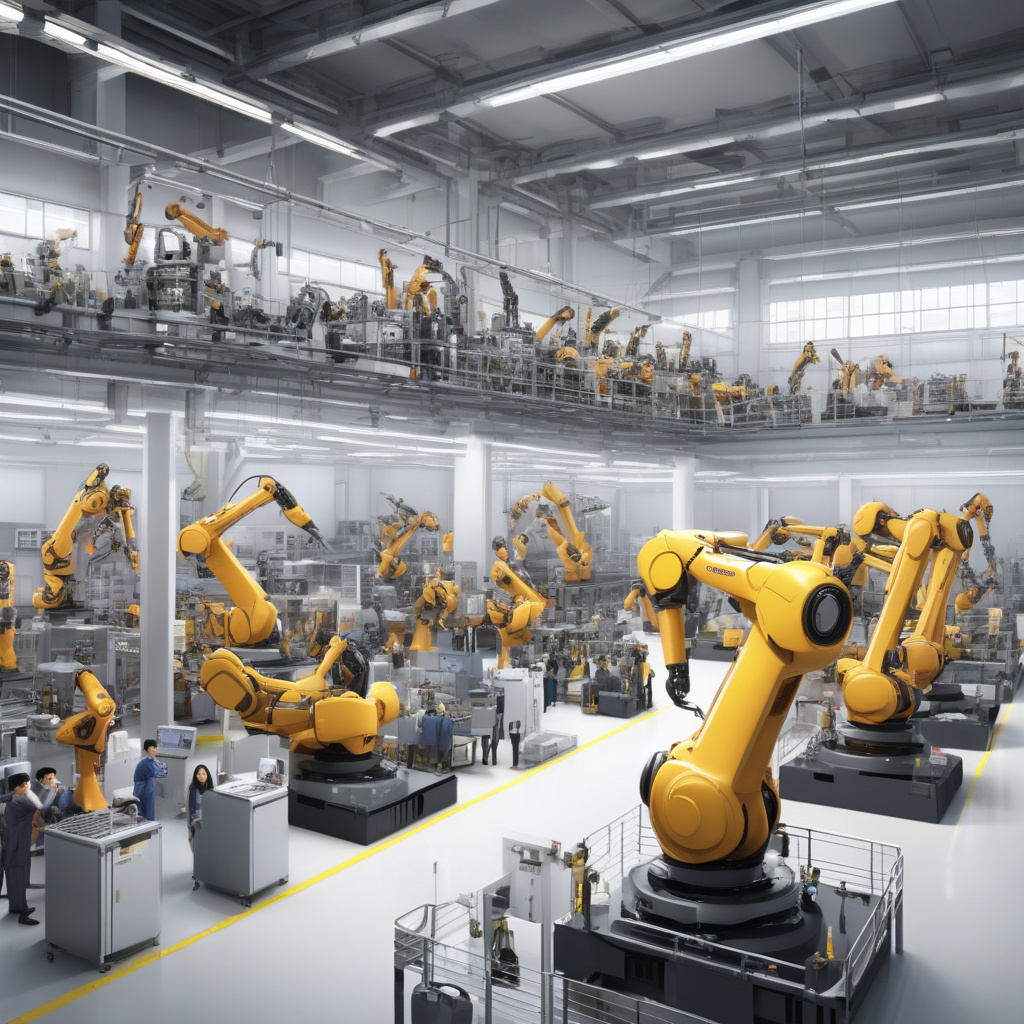In 2015, the Chinese government unveiled a strategic roadmap known as “Made in China 2025” (MIC 2025). This initiative represents a concerted effort to revolutionize China’s industrial landscape by incorporating advanced technologies and innovation across various sectors. By harnessing the power of automation, artificial intelligence, IoT, and more, China aims to elevate its manufacturing capabilities to compete on a global scale.
At its core, the “Made in China 2025” initiative seeks to reduce the country’s reliance on foreign technology and establish China as a powerhouse in high-tech industries. Through significant investments in research and development, the plan prioritizes the development of key sectors such as aerospace, robotics, new energy vehicles, and high-performance medical devices.
One of the primary goals of MIC 2025 is to enhance the quality and competitiveness of Chinese products, driving growth and sustainability in the domestic market while fostering innovation and cutting-edge technologies. By focusing on upgrading manufacturing processes and fostering technological breakthroughs, China aims to position itself as a leader in the global economy.
Moreover, the initiative underscores China’s ambition to shift from being the “world’s factory” to becoming a hub for innovation and high-end manufacturing. By promoting the integration of digital technologies and smart manufacturing practices, MIC 2025 aims to enhance productivity, efficiency, and overall quality in Chinese industries.
Critics, however, have raised concerns about the potential implications of the initiative on global trade dynamics, particularly in terms of intellectual property rights and fair competition practices. As China strives to achieve technological self-sufficiency, questions have been raised about the impact of MIC 2025 on international trade relations and the global supply chain.
Nevertheless, the “Made in China 2025” initiative represents a significant milestone in China’s journey towards technological advancement and economic transformation. By leveraging innovation, research, and development, China aims to carve out a distinct position in the global market, driving growth, competitiveness, and sustainable development.
In conclusion, the “Made in China 2025” initiative embodies China’s ambitious vision to reshape its industrial landscape through innovation, technology, and strategic investments. As the country continues to make strides in high-tech industries, the impact of MIC 2025 on global markets and trade dynamics remains a topic of considerable interest and debate.

